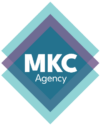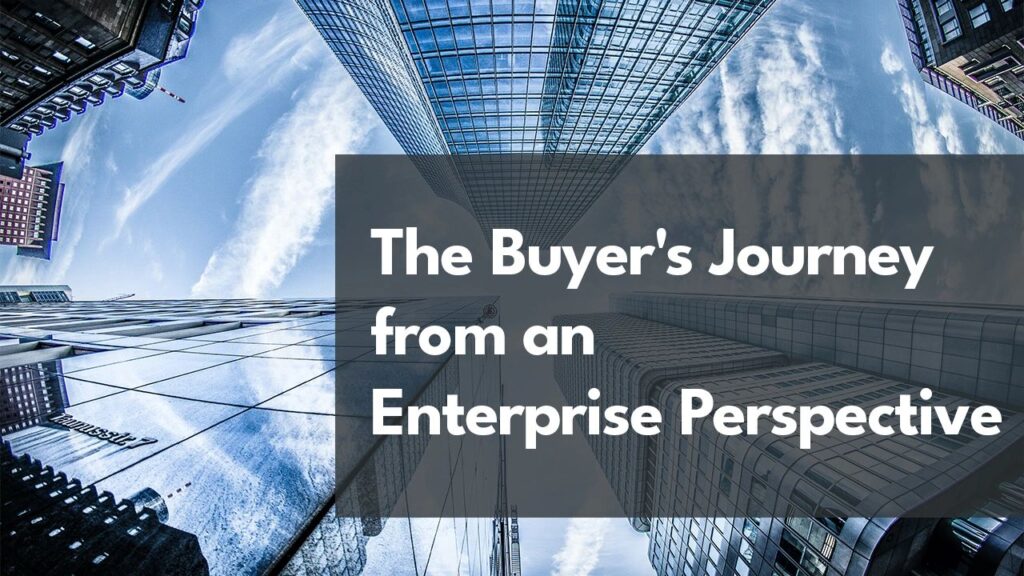A buyer’s journey is a journey of a thousand days.
Well, not really, and thank goodness; not many businesses would still be around if they had to wait that long.
So what exactly is a buyer’s journey? HubSpot has a short and sweet definition that goes like this:
“The buyer’s journey is the active research process a buyer goes through leading up to a purchase.”
A prospective buyer’s journey, from first search until deciding to get on board (or not), is relatively predictable and follows set phases. A buyer travels from initial awareness of the product or service offered, to interest in the offerings, and finally, to a place of decision-making.
Understanding the buying process that your various buyer personas go through is critical for any marketing effort. Put yourself in the position of the consumer you want to speak to and ask yourself if the content is truly a resource or if it is a hard sales pitch. If the content doesn’t offer value and help them reach a potential resolution, you’re putting yourself in a difficult position to succeed. Keep it simple, but make it smart.
Let’s look at each phase of the funnel and discuss the ways your business can make the most of each step.
Check out our Buyer’s Journey from an Enterprise Perspective Chart.
Phase 1: Awareness
In this stage, you want a potential buyer to wake up and notice you. In the awareness stage of the Buyer’s Journey, a potential buyer is just realizing a want or need for a product and/or service. They are most likely entering search terms in Google to understand more about what they are looking for. This is where an effective SEO strategy plays a key role in your marketing plan.
If you can answer questions for your personas and position your awareness content appropriately, you’re putting your organization’s content in a great position to convert. Ask yourself about where your buyers go to educate themselves and what questions they typically ask.
Most potential buyers in the awareness stage are seeking information to answer questions or resolve pain points. It is important to note that at this stage of the journey, the information should be fairly neutral with limited (if any) sales jargon or positioning of your specific brand.
To be an effective marketer, it is important to recognize this type of consumer mentality and cater your marketing communications to provide solutions, ideas, and purpose related to what they’re interested in. A few top-of-the-funnel, awareness stage content offers to consider include:
- Social media presence
- Quality of digital content
- Quality of hard content
- Initial communicability of offered services
Consider using keywords such as prevent, troubleshoot, or improve within your awareness stage content. This will help attract more leads by providing valuable content that is positioned to address their specific pain point and will more likely draw their attention to your offerings.
Phase 2: Interest
With a clearly defined goal or challenge and a commitment to address it, the consideration phase is about a buyer’s evaluation of different methods that are available to them. At this stage, you are still delivering critical information to help your buyer make the best possible decision. Here are some examples of consideration content offers you should provide to qualify your lead for the decision stage:
- Subscription to newsletters
- Attendance at events
- Whitepaper downloads
- Webinar audience/downloads
Phase 3: Decision
At this point in the journey, a buyer has decided on a solution category. They have a strategy in place to address their pain point but are still deciding on a specific tool to purchase or vendor to work with. A buyer may spend significant time researching documentation, data, vendor reviews, and other materials to gain confidence in their decision.
Content offers at this stage may include vendor/product comparisons, case studies, and free trials. Key terms to include are: compare, pros and cons, review, and test. These align with the decision-making process and position your content as a resource, not a hard sales pitch.
- Quality of case studies
- Pricing scheme
- Product/service demonstrations
- Trials/freemiums
With proper inbound marketing tactics applied to each of the three Buyer’s Journey stages, you’ll be able to make content available through the appropriate channels and map each piece of content to the right stage in the funnel.
Remember: The main goal of the Buyer’s Journey is to take advantage of a more customer-centric philosophy, to better position your company to address the needs of your target audience.
Need help perfecting your buyer funnel? Looking to improve on your content offerings or SEO? Megan Killion Consulting is a team of experienced, professional experts who can help you optimize your content and branding to get more lead conversions-fast. Contact us today so we can discuss your business needs and how we can help your outbound marketing thrive.

